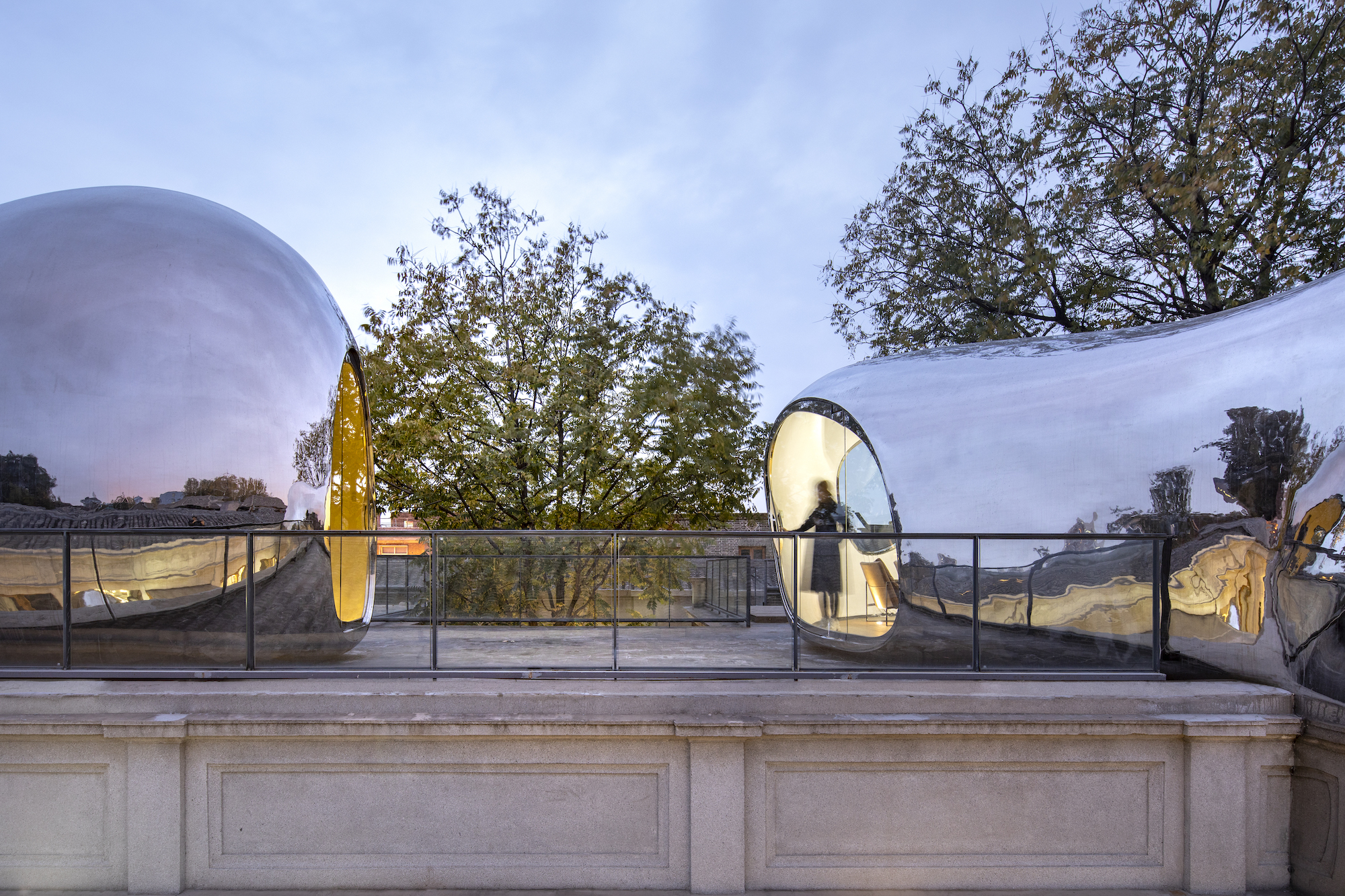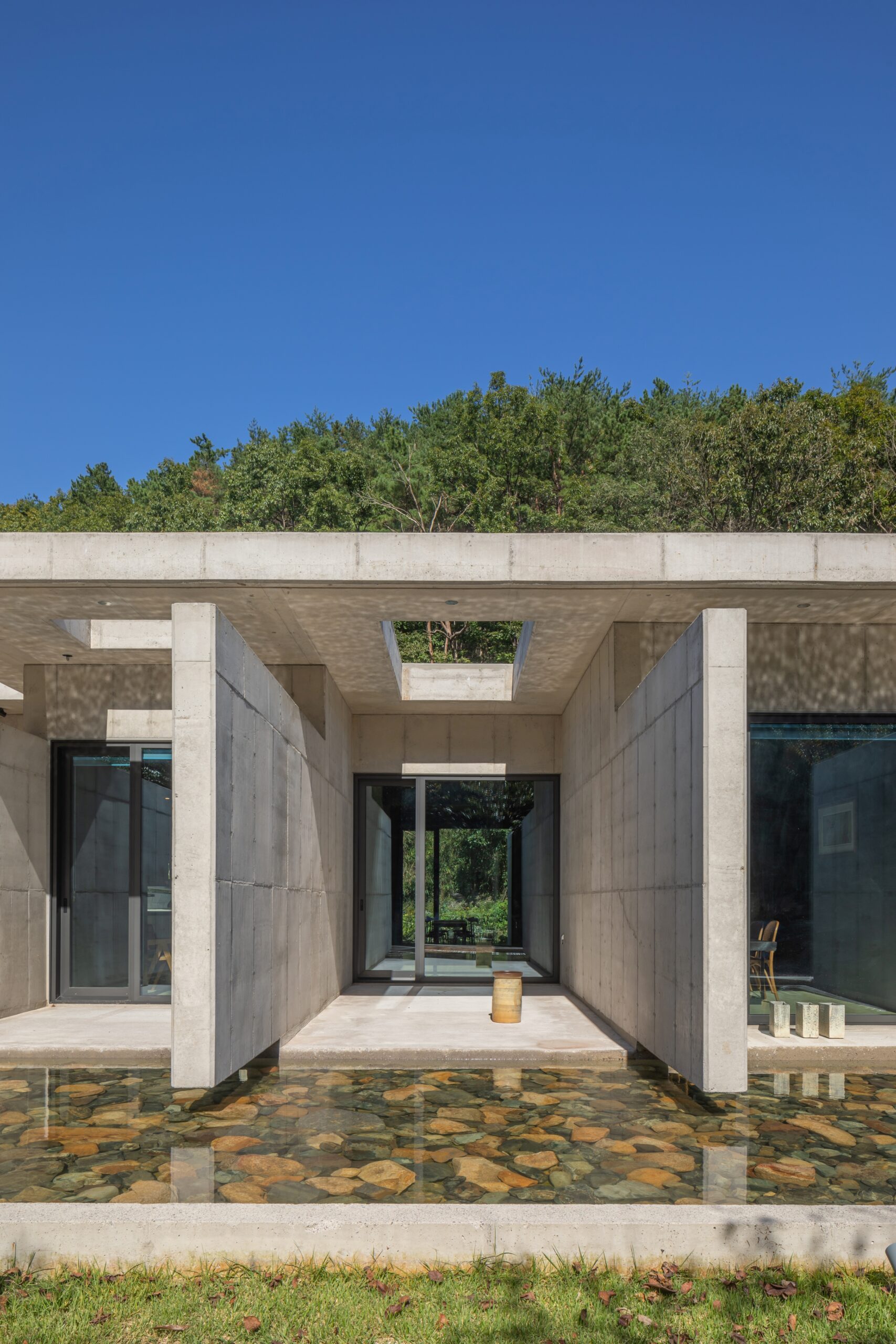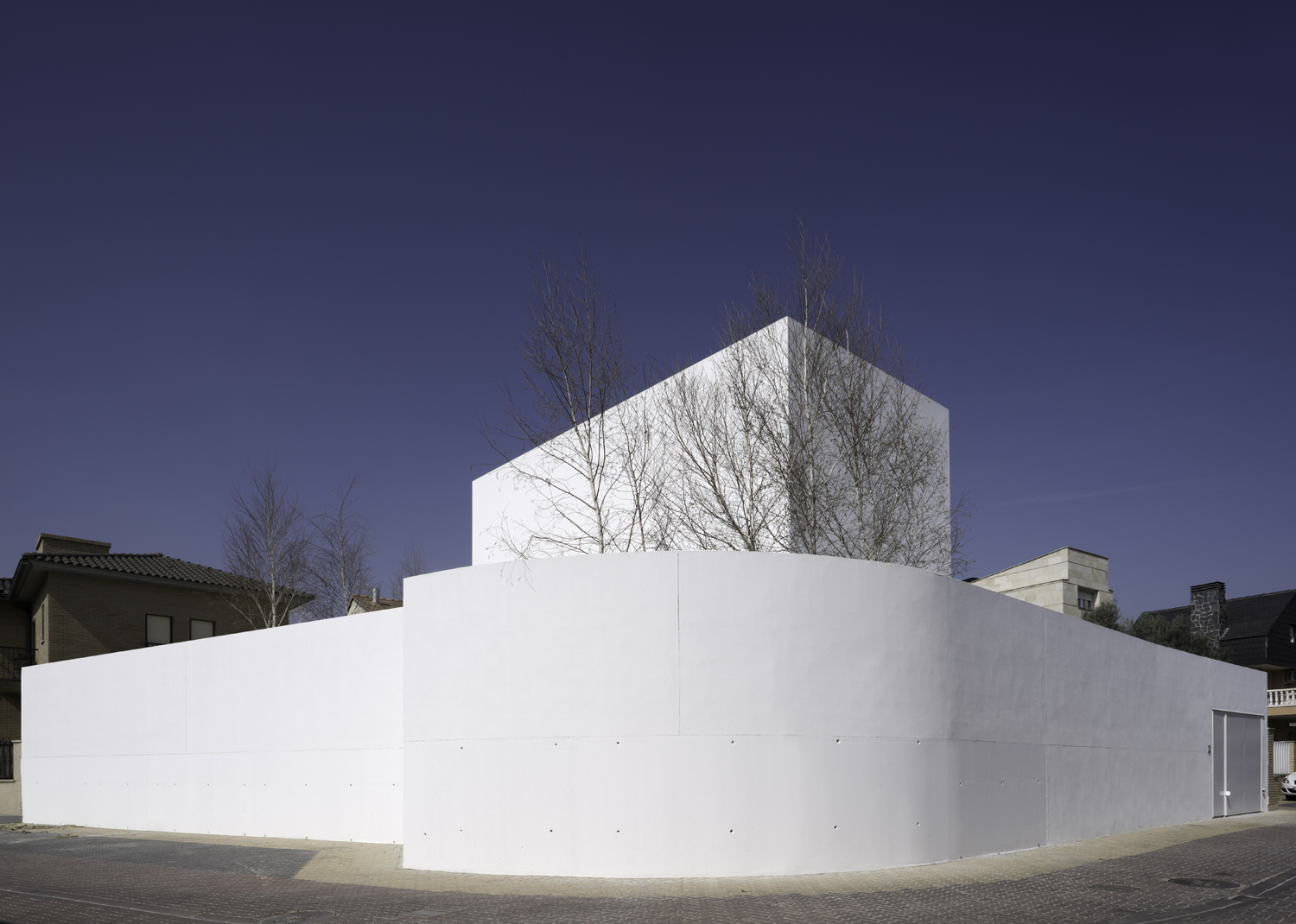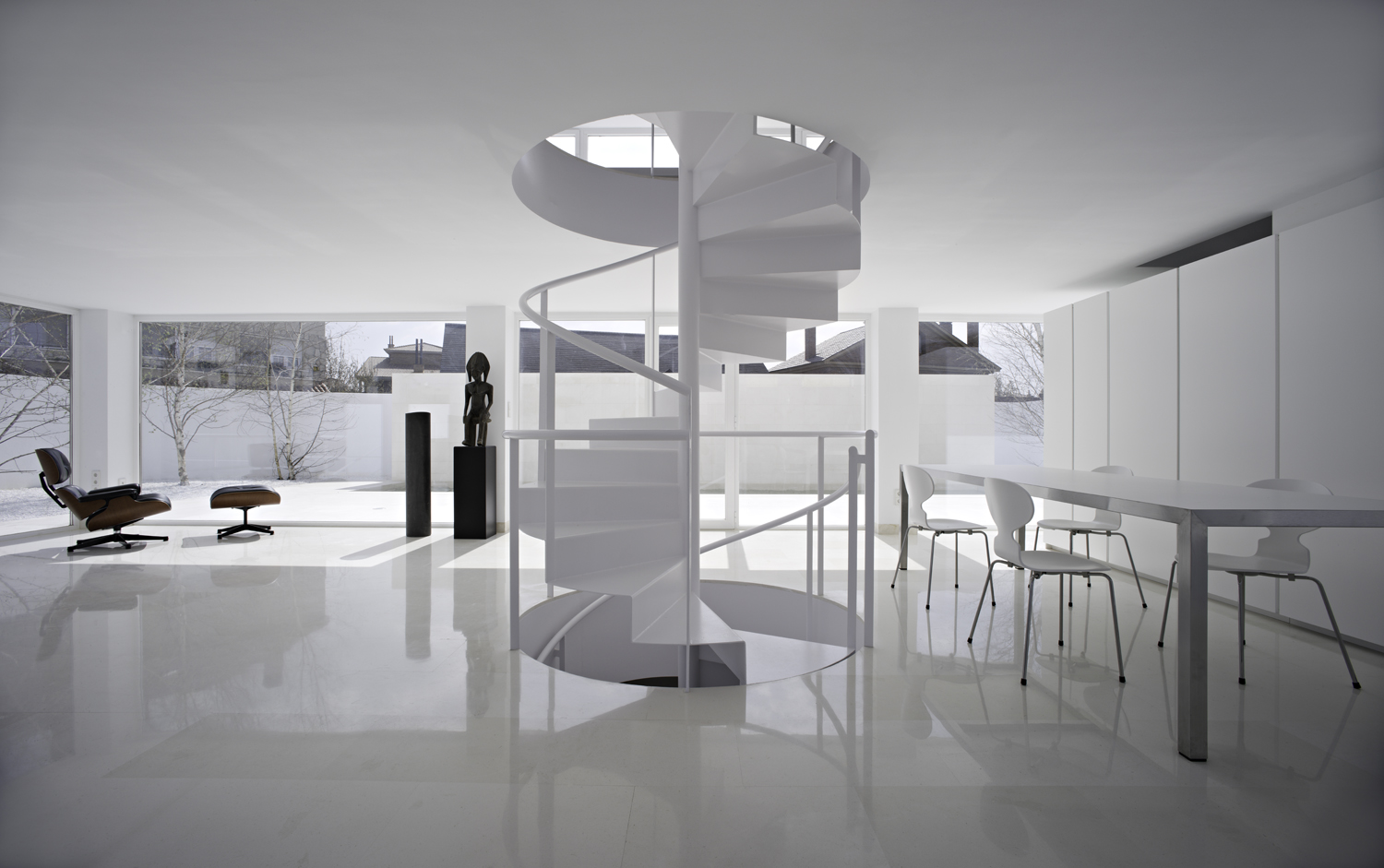Ema is a trained architect, writer and photographer who works as a Junior Architect at REX in NYC. Inspired by her global experiences, she shares captivating insights into the world’s most extraordinary cities and buildings and provides travel tips on her blog, The Travel Album.
When you enter a building, you often immediately sense how it will make you feel. Whether a space feels comfortable and open or claustrophobic and closed off, cold and rigid or organic and fluid, the shapes of spaces — their curves, angles and configurations — play a significant role in their psychological impact and how we perceive them.
Architecture is not just about creating functional spaces; it is about crafting environments that resonate with human emotions and enhance well-being. The shapes and forms used in architecture, particularly curves and lines, play a crucial role in influencing how we feel and behave within a space. By examining studies on shape-induced emotions, exploring examples of therapeutic architecture, and understanding the role of design in user experience, we can appreciate how architecture impacts our emotional and psychological state.
The Psychology of Shapes in Architecture

Karen Blixens Plads, Copenhagen, Denmark by Cobe
The human brain responds instinctively to different shapes and forms, which can evoke various emotional and psychological reactions. Understanding these responses allows architects to design spaces that promote positive experiences and well-being.
Curves and Organic Shapes: Comfort and Connection


Hutong Bubble 218 by MAD Architects, Beijing, China
Curved shapes are often associated with comfort, safety, and naturalness. In fact, curves can reduce stress and promote relaxation by actually easing our brains’ threat response. Curves in architecture can mimic organic forms found in nature, like hills, rivers and plants, evoking feelings of calm. Others might perceive curves as facilitating a sense of flow and movement, gently guiding people through a space.
Research in environmental psychology has shown that people tend to prefer spaces with curved elements over those dominated by straight lines. A study by Oshin Vartanian, a professor of perception, cognition and cognitive neuroscience, and colleagues found that participants rated rooms with curved features as more beautiful and pleasant than those with angular designs. The study indicates that when people viewed spaces with curves, the area of the brain associated with emotions and reward was activated, suggesting a sense of safety and positive emotional responses.
I would also categorize spiral shapes alongside curves and circles, as they share the same gentle, flowing qualities. Like other curved forms, spirals are often found in nature and have a unique psychological impact compared to geometric shapes. In architecture, spiral shapes can create a sense of dynamism and fluidity within a space, evoking feelings of movement and transformation. They can symbolize the ongoing cycle of life and evolution, suggesting growth and progress. This is often achieved by incorporating spiral staircases, ramps or curvilinear forms that guide people through a space in an organic, flowing manner. These elements can enhance the experience of a building by encouraging exploration and interaction, reflecting the natural rhythms and patterns found in the world around us.
Lines: Clarity and Structure


Wangbangyo by On Architects Inc., Ulsan, South Korea
Straight lines and angles, on the other hand, convey a sense of clarity, order, and structure. They can evoke feelings of stability and strength, which is why they are often used in institutional and commercial architecture. However, excessive use of straight lines can also lead to perceptions of rigidity and coldness. Moshe Bar, an Israeli neuroscientist, conducted studies showing that angular designs activate the brain’s threat perception center. This response may have evolutionary roots, as our brains might perceive sharp angles as potential threats.
While straight lines are associated with efficiency and functionality, they can also create environments that feel impersonal or harsh. In architecture, many people I know tend to gravitate towards designing with straight lines and right angles because they find these forms to be “cleaner” and “easier” to work with. If you move away from using right angles and straight lines, you often find yourself exploring more parametric designs, which are not only more challenging to model and work with, but also more complex to understand and solve from an architectural standpoint.
Somewhere Between



Moliner House, Zaragoza, Spain by Alberto Campo Baeza
The integration of curves and lines in architecture goes beyond aesthetics; it shapes how people interact with and experience space. Thoughtful design can enhance user experience by considering the emotional impact of architectural forms. I find this topic fascinating because it applies not only to architecture but also to a wide range of design fields and professional strategies. In my opinion, although research indicates that straight lines and sharp edges in architecture might be associated with increased feelings of stress or perceived threat, this isn’t universally true for all architectural experiences. The impact of shapes on our emotions is nuanced and influenced by a multitude of factors that interact to shape our perception of a space. Some nuances to consider could be:
1. Context and Functionality
In many architectural contexts, straight lines and sharp edges convey clarity, order, and strength. These features can create environments that feel professional, organized, and efficient. For instance, corporate offices and institutional buildings often utilize straight lines to emphasize functionality and reliability. In these settings, the perception of sharpness or rigidity can be mitigated by the intended purpose of the space, which might prioritize focus and productivity over comfort.
2. Balance with Other Design Elements
The overall emotional impact of a space is often the result of a careful balance between various design elements. While sharp edges might initially suggest a sense of harshness, they can be softened by incorporating other features such as:
Lighting: Warm, natural lighting can soften the appearance of hard lines, making a space feel more welcoming.
Materials: The use of natural materials, such as wood or stone, can counteract the severity of straight lines, adding warmth and texture to the environment. Integrating water features or soft landscaping into the design can also help soften sharper edges and create a more gentle appearance.
Color: Color palettes can significantly alter the perception of a space. Soft, neutral colors can create a calming effect, while vibrant colors might energize the space.
Furniture and Decor: The inclusion of curved furniture and decor elements can provide contrast and balance to spaces dominated by straight lines, introducing a sense of flow and comfort.
3. Personal Preferences and Experiences
Individual preferences and personal experiences also play a critical role in how a space is perceived. What might feel cold and uninviting to one person could feel clean and modern to another. Personal associations and cultural backgrounds can shape our emotional responses to architectural elements.
4. Architectural Intent
The architect’s intent and vision for a space are paramount. Sometimes, a sense of tension or drama is deliberately introduced to evoke specific emotions or thoughts. In these cases, sharp lines and edges can be used to create a sense of awe or emphasize a building’s purpose, such as in museums or art galleries where the architecture itself is part of the artistic narrative.
Understanding the complex interplay of design elements that influence our emotional experience of a space allows architects to create environments that resonate with their intended purpose and audience, offering a nuanced balance between form, function, and human experience. Successful architectural designs balance these elements to create spaces that are both beautiful and efficient. Each form can be used to its advantage, enhancing the overall experience for occupants.
Architizer is thrilled to announce that the 2026 A+Product Awards is open for submissions! The clock is ticking — get your products in front of the AEC industry’s most renowned designers by submitting today.

 Hutong Bubble 218
Hutong Bubble 218  Karen Blixens Plads
Karen Blixens Plads  Moliner House
Moliner House 


